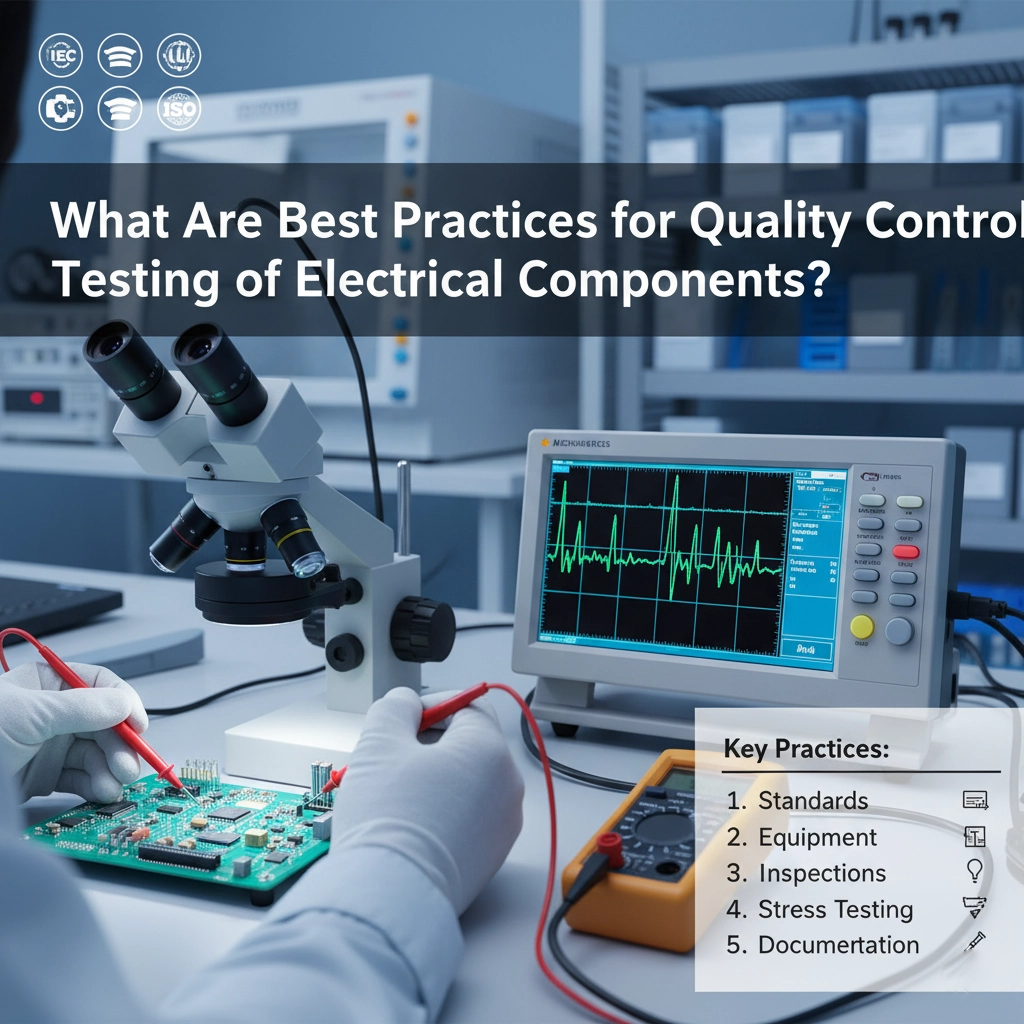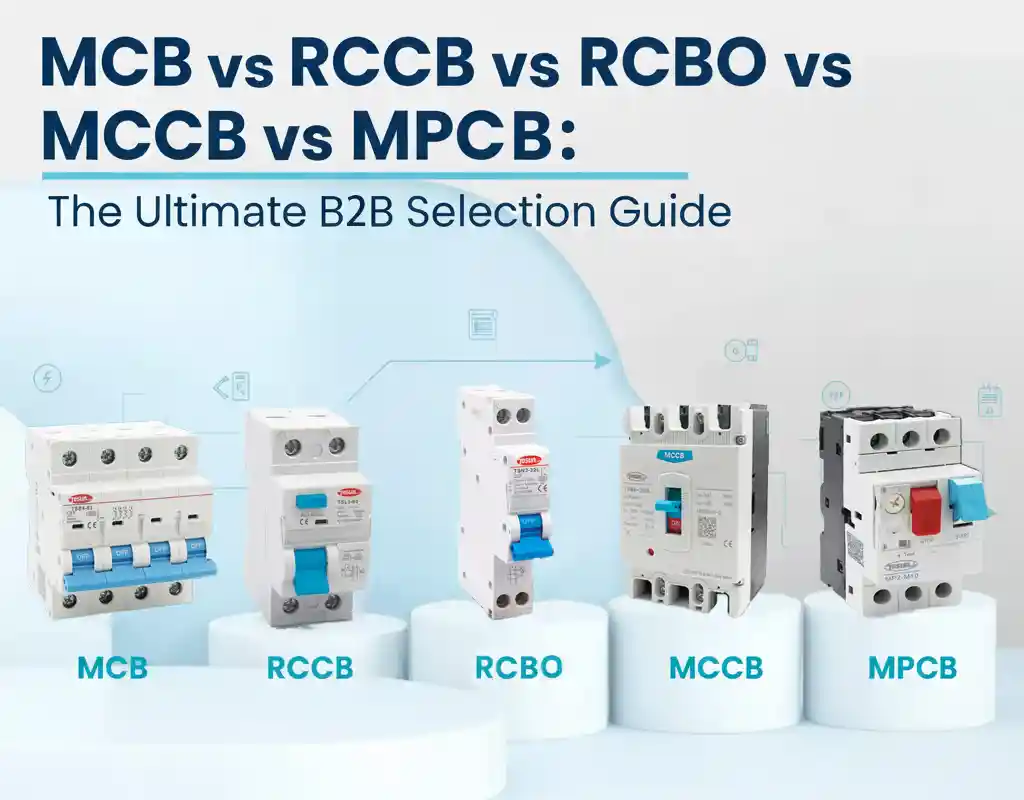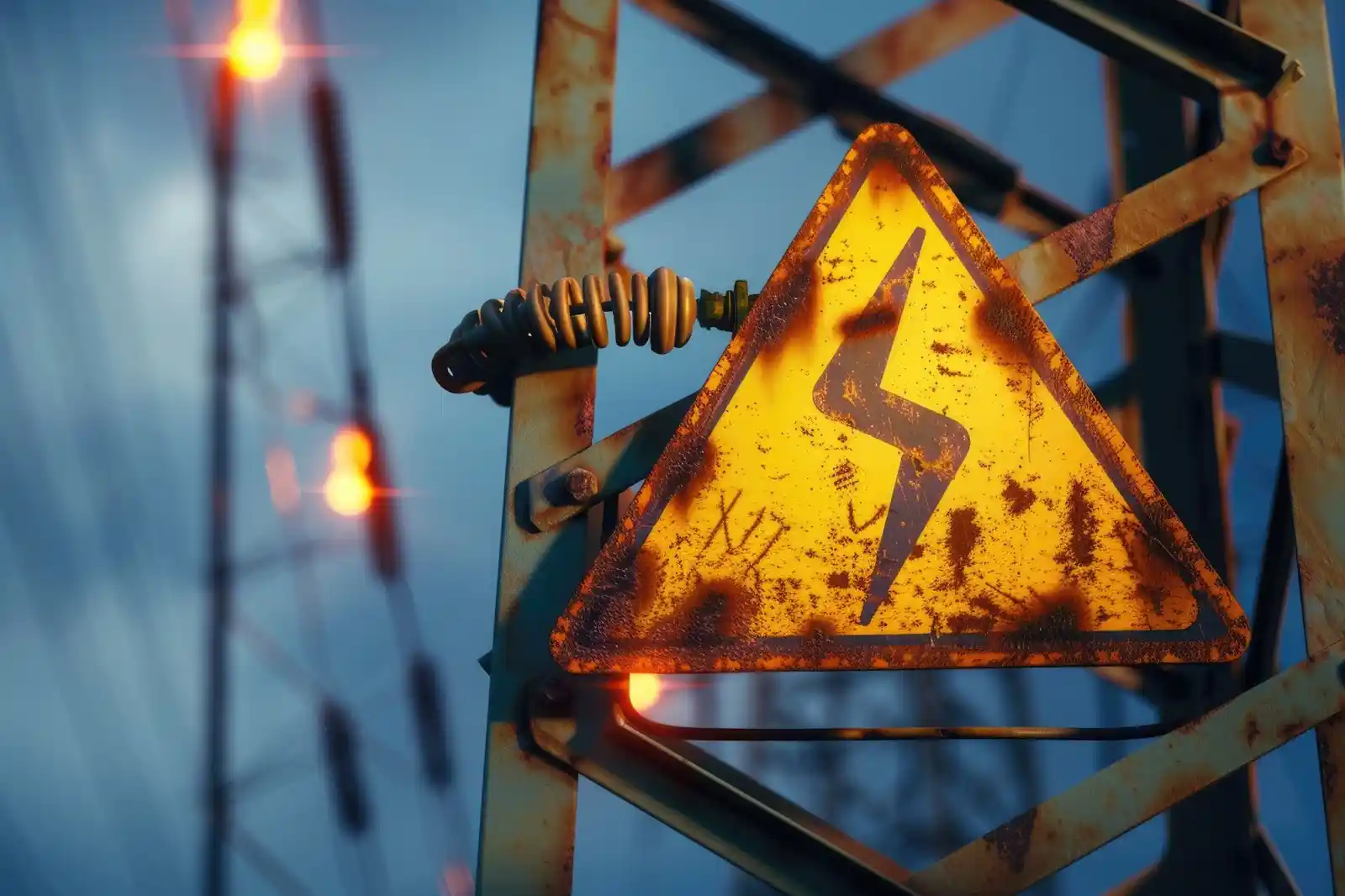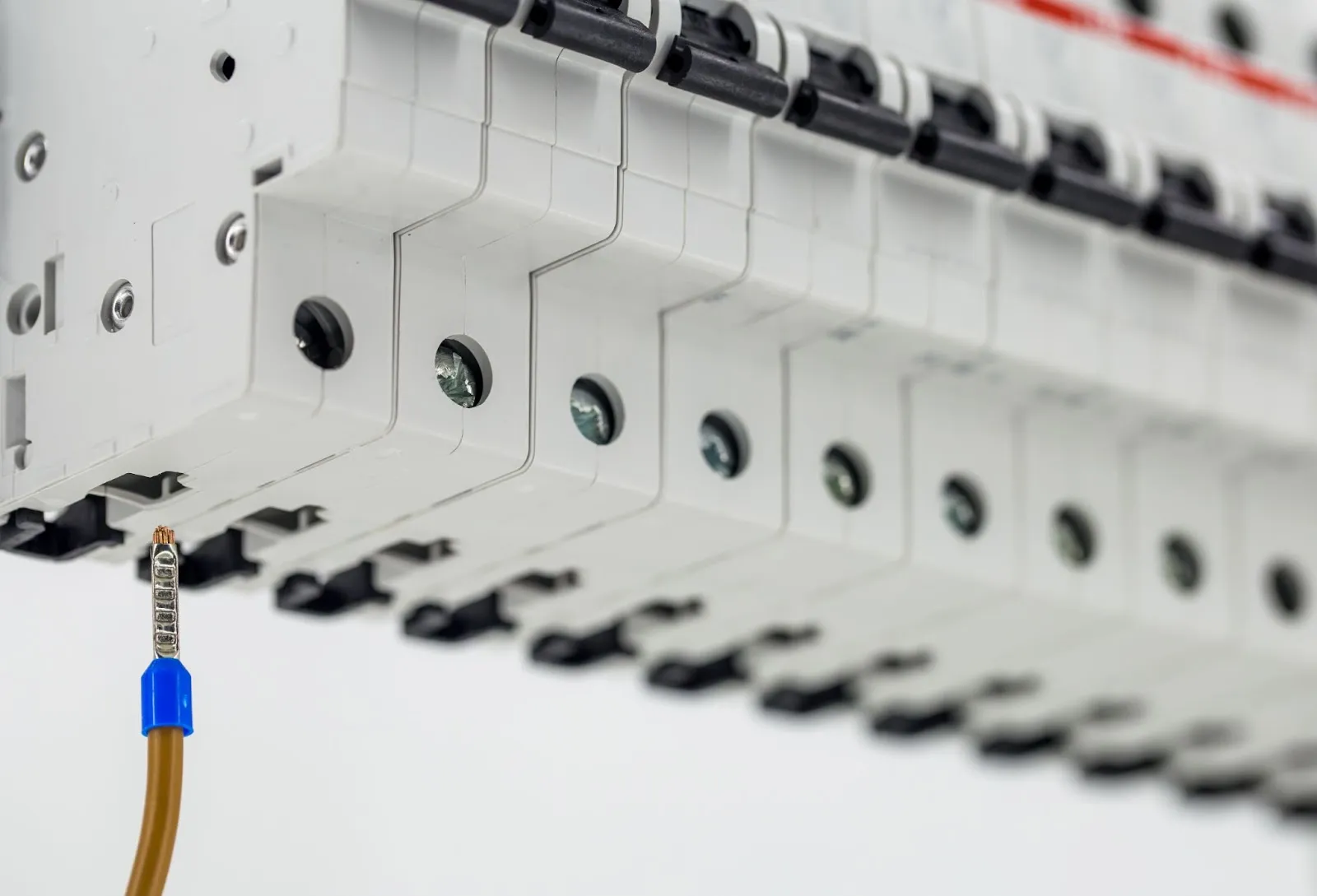How to Choose the Right RCCB Sensitivity
26th Sep 2025
The right RCCB sensitivity depends on where it will be used and what level of protection is needed. In general, 30mA RCCBs protect people from electric shock, while 100mA or 300mA RCCBs are better for equipment and fire protection. What is the purpose of RCCB application? An RCCB (Residual Current Circuit Breaker) is designed to trip when it detects leakage current. Unlike MCBs that guard against overloads, RCCBs prevent electrocution and reduce fire risk. They are essential for both residential and industrial systems. What is the difference between 30mA vs 100mA RCCB? The key difference between 30mA vs 100mA RCCB is the balance between human safety and operational stability: If your RCCB keeps tripping unexpectedly, the cause may be a sensitivity mismatch. For more details, review common RCCB tripping issues. When should you use a 30mA RCCB? A 30mA unit should be used when the primary concern is direct human protection. It is ideal for: This sensitivity reacts quickly to small leakage currents that could otherwise cause dangerous shocks. When should you use a 100mA or 300mA RCCB? For industrial buyers, 100mA and 300mA are more practical: RCCB Sensitivity Comparison Table Sensitivity Primary Use Protection Level Typical Application 10mA Very high risk areas Extreme human protection Swimming pools, medical equipment 30mA Residential & commercial Human protection Homes, socket outlets, kitchens, bathrooms 100mA Industrial circuits Mixed: some human, mainly equipment/fire Factories, machinery-heavy lines 300mA Fire & equipment Fire protection Upstream distribution boards, large installations This comparison makes it easier to select the right sensitivity based on […]
Read More : +86-139 0587 7291
: +86-139 0587 7291 English
English Español
Español Русский
Русский Français
Français العربية
العربية Português do Brasil
Português do Brasil Українська
Українська Türkçe
Türkçe Polski
Polski Nederlands
Nederlands Italiano
Italiano Bahasa Indonesia
Bahasa Indonesia हिन्दी
हिन्दी اردو
اردو አማርኛ
አማርኛ Հայերեն
Հայերեն ไทย
ไทย Монгол
Монгол فارسی
فارسی Shqip
Shqip Ελληνικά
Ελληνικά









